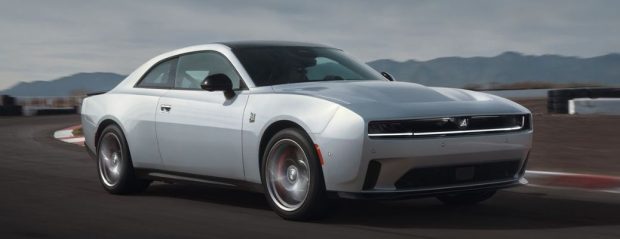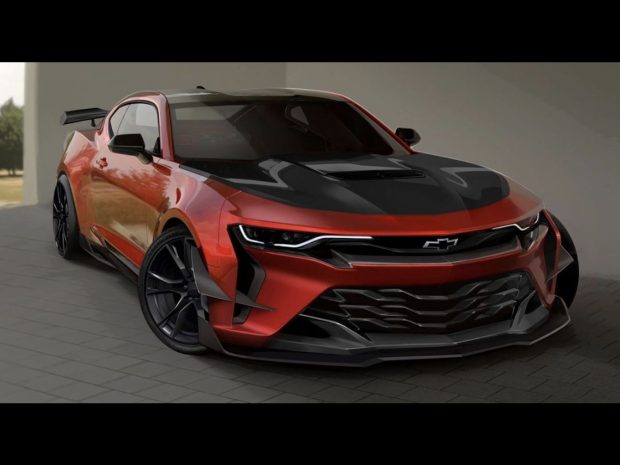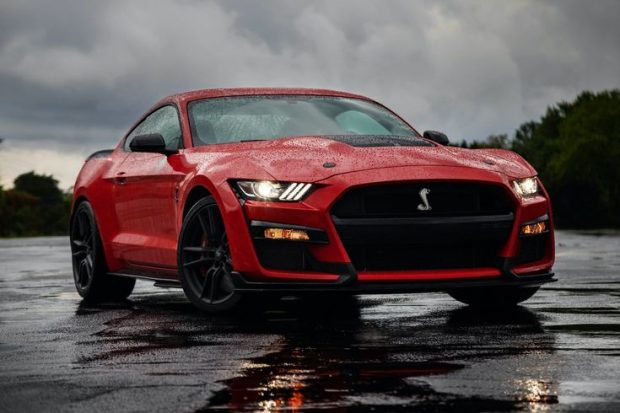Muscle cars epitomize cool with their iconic supercharged design. Yet controlling all that growling power poses real challenges, especially for novice drivers. Learning fundamental skills separates fun thrill rides from dangerous fishtails. This guide distils beginner-friendly handling advice for...
Muscle cars epitomize cool with their iconic supercharged design. Yet controlling all that growling power poses real challenges, especially for novice drivers. Learning fundamental skills separates fun thrill rides from dangerous fishtails.
This guide distils beginner-friendly handling advice for harnessing muscle cars confidently. With defensive driving basics from 5-hour pre-licensing courses plus supplemental resources, newcomers can tame these beasts responsibly.

Muscle Car Basics
Before hitting the gas, understand what makes muscle cars unique using this glossary:
Rear-Wheel Drive (RWD): Engine output powers just the rear tires, enabling wild drifts but increased oversteer risk. Torque: Twisting force to accelerate, reaching 400 lb-ft or more on many models for neck-snapping getaways. High Power-to-Weight: Over 400 horsepower shoved into moderate chassis weight jacks straight-line speed through the roof. Stiff Suspension: Firmer shocks and springs for better launches off the line. But bumpier rides with loose handling if you hit corners too hot. Temperamental Throttle: Sensitive gas pedals make modulation tricky. Goose it too hard and easily break traction.With great speed potential comes little room for error. Respect is essential for safely harnessing everything under the hood.
Proper Muscle Car Mindset
Channel patience and self-discipline behind the wheel above all else. Muscle cars actively punish hot dogging. Follow three core principles to avoid OCTM (overconfidence trouncing muscle):
1. Respect the Power Band
Never underestimate the explosive power band. Even veteran drivers get caught out by a twitchy throttle blipping them to triple digits faster than expected.
The inability to restrain the urge to floor it remains the number one cause of crashes. Internalize that showing off leads to expensive wrecks or reckless tickets at best.
2. Master Low-Speed Control
Get truly comfortable with slow-speed maneuvering before trying any Fast and Furious movies. Unlike regular cars, muscle models need extra finesse to avoid stalls thanks to all that torque.
Perfect pulling away smoothly, reversing in parking spots, and running through the gears at moderate RPMs before attempting speed runs and skipping this foundation courts disaster.
3. Seek Continued Education
Consider yourself always learning with these highly-tuned machines. Sign up for advanced defensive driving teachings to polish handling instincts beyond basic qualifications.
Never grow overconfident in your abilities, as that is when mistakes happen. The masters continue honing their craft years into ownership.
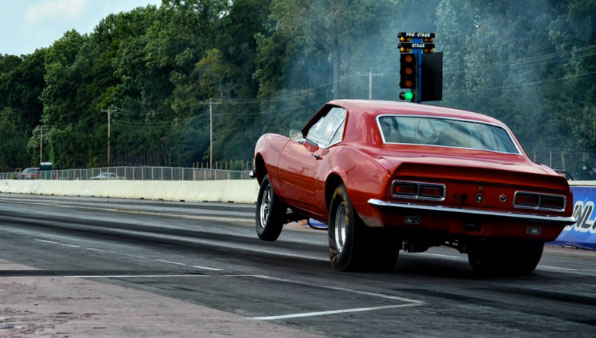
Defensive Driving Principles
While tempted to pound the throttle, prudent novices should enroll in 5-hour pre-licensing driving academy courses focused on muscle car safety.
These classes reinforce cautious habits for public roads. Reflect on the core topics regularly even after completing the curriculum:
Oversteer prevention: Smoothly managing RWD power distribution avoids unstable slip angles from acceleration or turning forces. Braking distances: Increased velocity compounds stopping distances. Give yourself ample room to slow in time. Steering inputs: During weight transfers, gentle adjustments maintain more control than jerky sawing at the wheel. Highway merging: Find large gaps for merging onto fast traffic flow without disrupting stability. Weather factors: RWD loses traction easier on wet or icy pavement. Tread extra carefully. Peripheral vision: Continuously scan side and rear views to spot other motorists quickly amid velocity.Consciously implementing these defensive practices keeps rides smooth while engraining vital muscle memory for reacting to hazards.
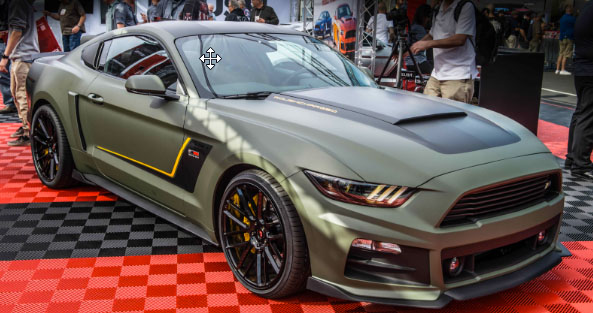
Supplemental Resources
While essential for initial guidance, 5-hour pre-licensing classes merely scratch the surface given muscle carsí extreme performance capabilities.
Dedicate time to build advanced competence through supplemental education channels like:
Professional one-on-one lessons Ė Instructors individually assess strengths and weaknesses, providing customized coaching.
Autocross tracks Ė Practice cornering, braking, and accident avoidance on closed courses in a safe, controlled environment.
ASTMuscleCar online portal Ė This multimedia website hosts an extensive video library demonstrating advanced exercises like drifting, collision prevention, and more.
The combination of a structured pre-licensing curriculum, experiential learning at driving centres, and ASTMuscleCarís on-demand resources delivers well-rounded abilities for muscle car mastery.
Open Roads and Endless Possibilities Await
Muscle cars exemplify aggressive individualism. Yet successfully navigating their temperamental handling and stratospheric speed potential relies on cultivating restraint and discipline.
The basics taught in 5-hour pre-licensing defensive driving courses must lay the groundwork. Supplementary hands-on practice and multimedia guides like ASTMuscleCar build advanced capabilities steadily over time for await anyone daring to tame these iconic beasts.
With an incremental learning plan in place, that evocative growl passing viewers on the highway soon plays as the soundtrack of your own thrilling muscle car road adventures. Now cue up Radar Love and hit the gas wisely!
The post Beginnerís Guide to Muscle Cars: Handling All That Raw Power Safely appeared first on Muscle Car.



